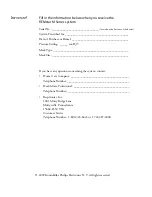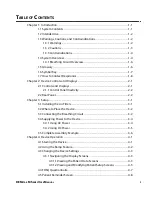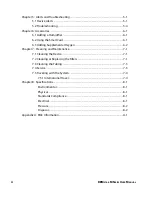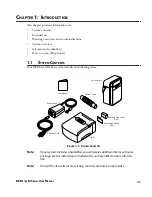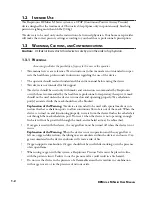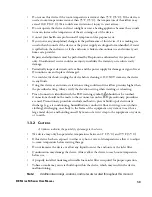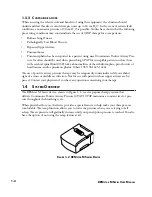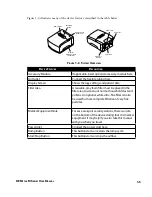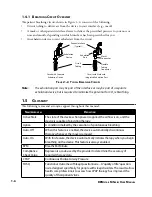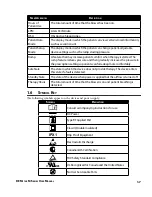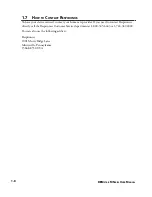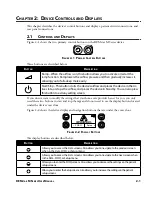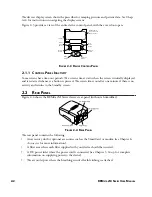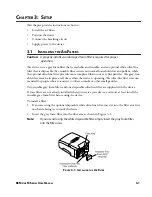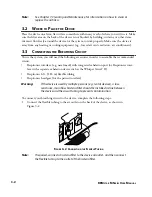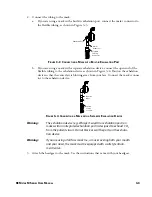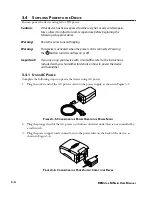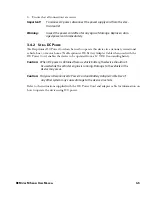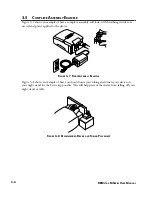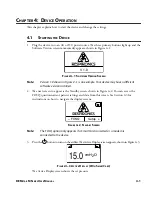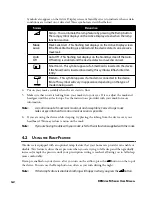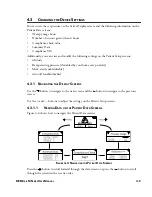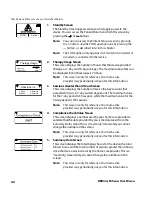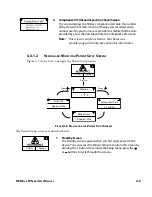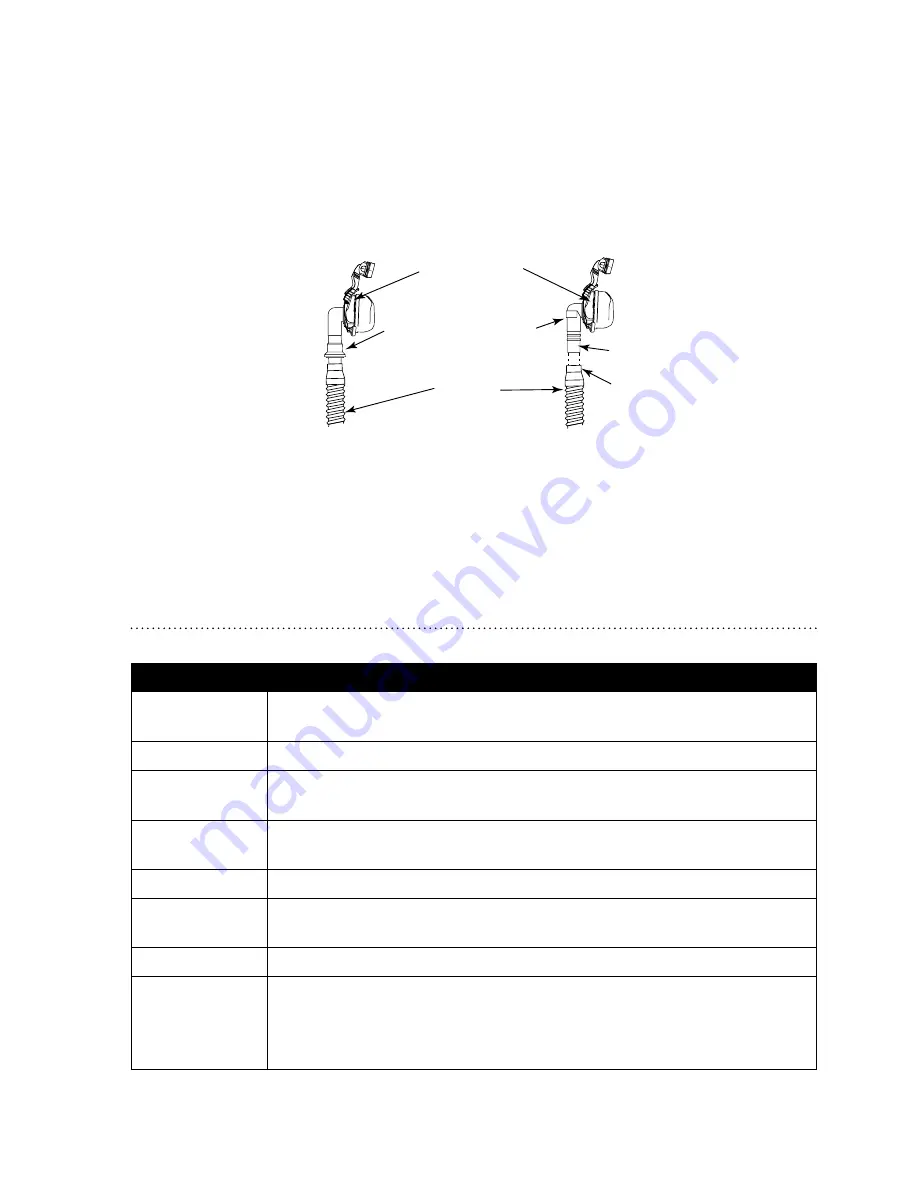
1-6
REM
staR
M s
ERiEs
U
sER
M
anUal
1.4.1 b
REathing
C
iRCUit
o
vERviEW
The patient breathing circuit, shown in Figure 1–4, consists of the following:
• Circuit tubing to deliver air from the device to your interface (e.g., mask)
• A mask or other patient interface device to deliver the prescribed pressure to your nose or
nose and mouth, depending on which interface has been prescribed for you
• An exhalation device to vent exhaled air from the circuit
Circuit
Tubing
Exhalation
Device
Patient Interface
(Typical)
Circuit with Separate
Exhalation Device
Circuit with Mask with
Integrated Exhalation Port
Flexible
Tubing
Connector
Mask's
Connector
Exhalation
Port
f
igURE
1–4 t
ypiCal
b
REathing
C
iRCUits
Note:
The exhalation port may be part of the interface or may be part of a separate
exhalation device, but is required to minimize the potential for CO
2
rebreathing.
1.5 g
lossaRy
The following terms and acronyms appear throughout this manual:
t
ERM
/a
CRonyM
d
Efinition
Active State
The state of the device when power is applied, the airflow is on, and the
device is capable of providing therapy.
Apnea
A condition marked by the cessation of spontaneous breathing.
Auto-Off
When this feature is enabled, the device automatically discontinues
therapy whenever the mask is removed.
Auto-On
With this feature, the device automatically initiates therapy when you begin
breathing on the device. This feature is always enabled.
BPM
Breaths Per Minute
Compliance
Check Value
Represents a code used by the provider to determine the accuracy of
reported therapy data.
CPAP
Continuous Positive Airway Pressure
FOSQ
Functional Outcomes of Sleep Questionnaire – A “quality of life” question-
naire designed specifically for people with sleep disorders. The results allow
health care professionals to assess how CPAP therapy has improved the
quality of their patients’ lives.


